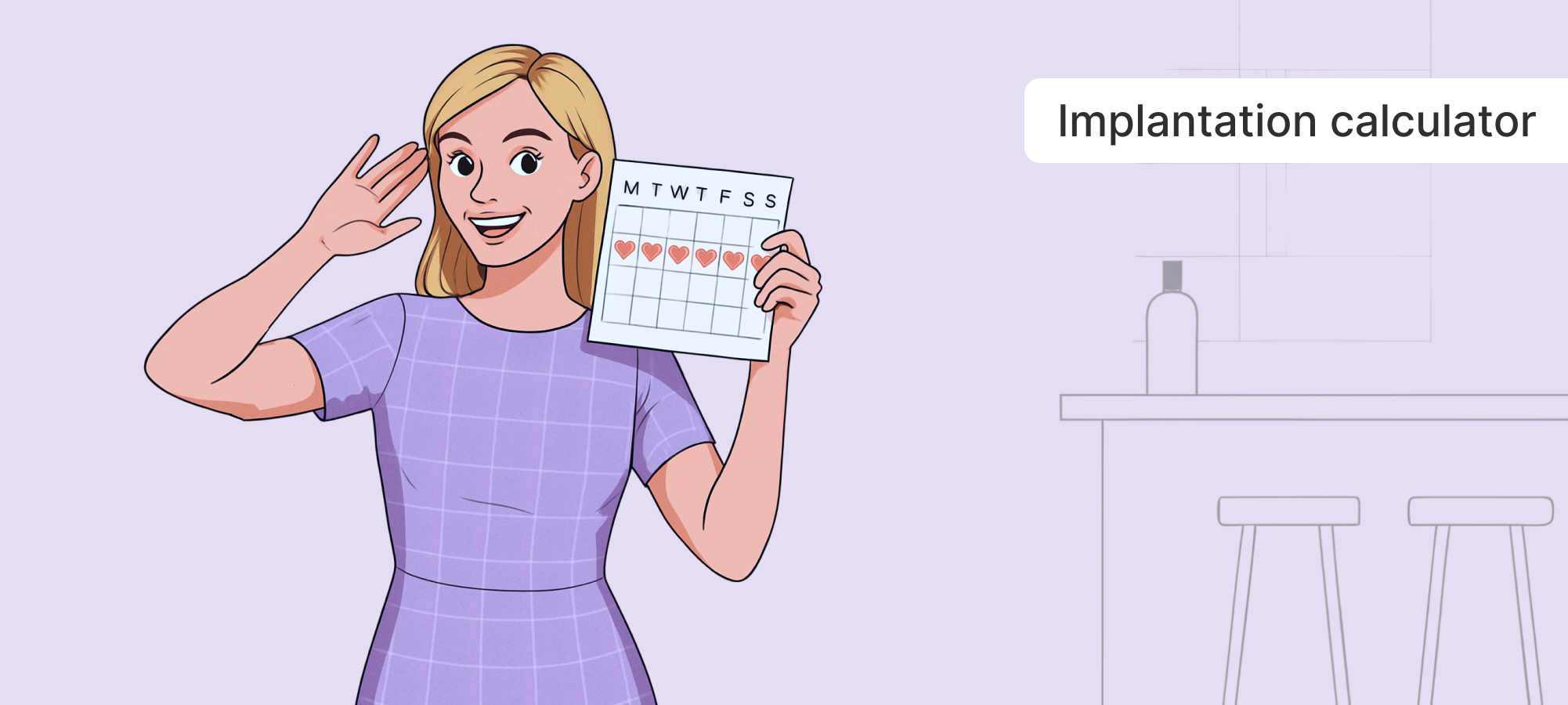Implantation calculator
An implantation calculator is a specialized tool that helps individuals estimate the timing of embryo implantation following conception. By entering the date of ovulation and the average length of the luteal phase, users can determine the likely window for implantation to occur, which typically takes place 6 to 12 days after ovulation. This calculator is particularly useful for those trying to conceive, as it provides insights into when pregnancy symptoms may begin and when to take a pregnancy test for accurate results. By understanding the implantation process, users can better track their fertility journey and make informed decisions about their reproductive health.
Implantation Calculator: Estimate When Pregnancy Begins

An implantation calculator estimates when a fertilized egg is likely to implant in the uterus — a key step in early pregnancy. By using your ovulation date or the first day of your last menstrual period (LMP), it helps you predict the earliest signs of pregnancy, such as spotting or cramping. Ideal for those trying to conceive, this tool gives insight into when implantation may occur and when to expect early pregnancy symptoms or test results.
1. What Is Implantation?
Implantation is when a fertilized egg attaches to the uterine lining. It typically occurs 6 to 12 days after ovulation.
2. How the Implantation Calculator Works
You enter either:
-
Your ovulation date (if known), or
-
The first day of your last period and average cycle length.
The tool then estimates your likely implantation window.
3. What Happens During Implantation?
-
The embryo releases hCG (human chorionic gonadotropin), the hormone detected in pregnancy tests.
-
Some people may notice implantation spotting, mild cramping, or fatigue.
4. Implantation vs. Period Symptoms
Implantation spotting is usually:
-
Light pink or brown
-
Short (a few hours to 1–2 days)
-
Occurs before your expected period
5. Why It Matters
Knowing your implantation window can:
-
Help time your pregnancy tests more accurately
-
Reduce confusion between implantation spotting and your period
-
Offer emotional reassurance during the two-week wait
6. Tips for Better Accuracy
-
Use with an ovulation tracker or BBT charting
-
Combine with symptom tracking and luteal phase length
-
Note any mid-cycle bleeding or cramping